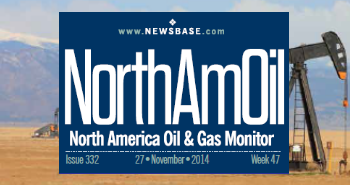US supermajor Chevron outlines focus on cash flow growth

US-based supermajor Chevron unveiled its plans for the next five years at its investor day on November 12. According to the company, the plans centre on maintaining capital and cost discipline while investing to extend cash flow growth into the next decade.
In line with this, the company will prioritise shareholder returns over production growth over the next five years. It is aiming to grow oil and gas production 2-3% per year up to 2030 while improving its return on capital employed (ROCE) by over 3% by 2030 at a Brent oil price of $70 per barrel.
Among the other highlights of its plans, the supermajor is reducing its capital expenditure guidance to $18-21bn per year from $19-22bn previously. At the same time, at a Brent price of $70 per barrel, it anticipates adjusted free cash flow growth of more than 10% per year and earnings per share growth of over 10% per year as well.
“We believe Chevron is uniquely positioned to grow earnings and free cash flow into the next decade,” stated Chevron’s chairman and CEO, Mike Wirth. “Never in my career have I seen a higher confidence outlook, further into the future and with lower execution risk,” he added.
This comes after Chevron closed its $55bn acquisition of Hess in July. Indeed, Chevron noted in its investor day announcement that part of its plan for the next five years entailed increase Hess synergies to $1.5bn and structural cost reductions to $3-4bn by the end of 2026. This represents an increase of $1bn from its previous target.
Signalling how priorities are shifting beyond the upstream, Chevron also said that part of its plan for the next five years included delivering its first artificial intelligence (AI) data centre power project in West Texas, with first power targeted for 2027.
The company said it would be taking a “pragmatic, returns-driven” approach to new energies, which includes its low-carbon businesses as well as the data centre power project.
Meanwhile, Wirth told Bloomberg that he expected crude prices to come under more pressure in 2026, while anticipating that LNG prices would come down later in the decade.
“Oil prices in 2026 are likely to feel more pressure than LNG prices,” Wirth said in a Bloomberg TV interview. “There’s a lot of oil supply that’s coming back from the OPEC+ countries that have been holding supply back.”
Given that Chevron’s plans depend on certain oil price assumptions, it cannot be ruled out that the supermajor will amend its plans further if prices do not behave as expected.


Follow us online